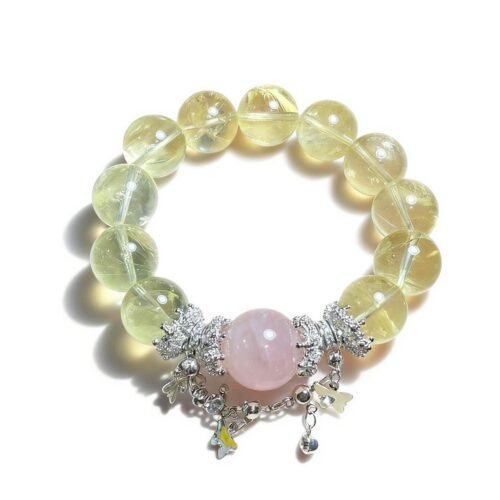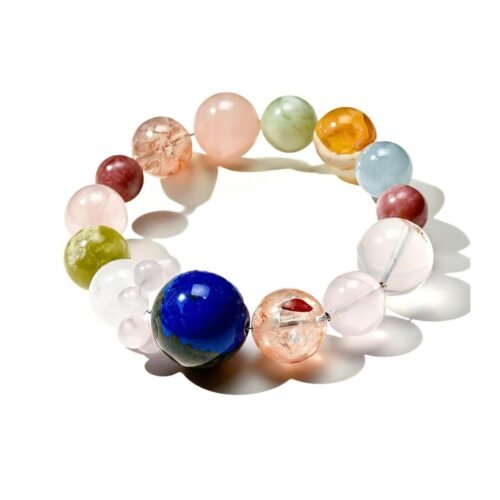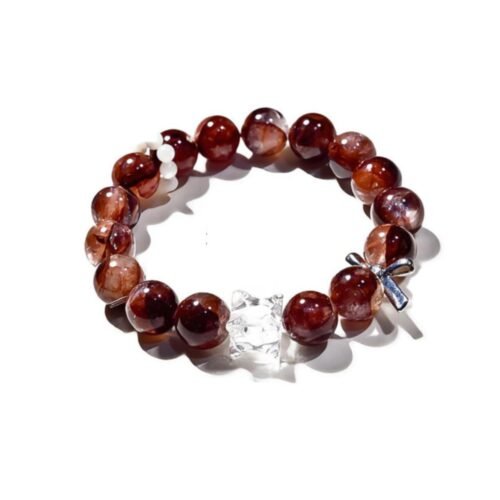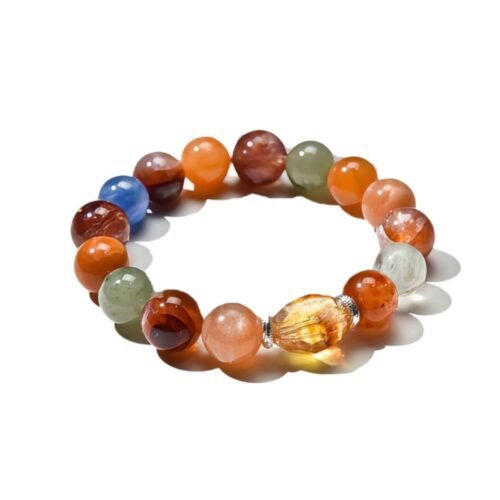In modern interior design, Feng Shui decor has gained remarkable popularity. From wealth-attracting Pi Xiu to protective Kylin statues, from crystal clusters to Scholar’s Pagodas—are these merely decorative pieces, or do they genuinely influence energy flow? This guide explores the cultural roots, scientific perspectives, and practical placement of Feng Shui items to harmonize your living space.
1. The Cultural Origins of Feng Shui Decor
Feng Shui stems from ancient Chinese geomancy, emphasizing the balance and movement of Qi (energy). Traditional items fall into key categories:
- Wealth & Prosperity: Pi Xiu, Money Toad, God of Wealth statues
- Protection & Harmony: Kylin, Dragon Turtle, Bagua Mirrors
- Career & Wisdom: Scholar’s Pagodas, Calligraphy Brush Holders
- Love & Health: Rose Quartz, Mandarin Duck Figurines
These items are meticulously designed based on the Five Elements (Metal, Wood, Water, Fire, Earth) and Bagua (Eight Trigrams) to adjust environmental energy and influence occupants’ fortune.
2. Science Meets Tradition: Do Feng Shui Items Really Work?
While often viewed as metaphysical, modern science offers plausible explanations:
- Psychological Impact: Visual cues (e.g., wealth symbols) may boost confidence and decision-making.
- Energy Field Theory: Certain minerals (e.g., quartz) exhibit piezoelectric effects, though conclusive studies are lacking.
- Spatial Optimization: Thoughtful placement reduces clutter and improves flow, indirectly enhancing productivity.
Takeaway: Even skeptics can benefit from Feng Shui’s focus on intentional, harmonious design.
3. How to Choose & Place Feng Shui Decor Correctly
(1) Match Items to Your Goals
- Wealth: Citrine, Pi Xiu (face toward doors/windows to “draw wealth”)
- Protection: Black Obsidian, Kylin (place diagonally opposite the entrance, the Wealth Corner)
- Focus & Study: Scholar’s Pagoda (northeast desk corner, the Wisdom Area)
- Relationships: Rose Quartz (southwest bedroom sector, the Love Corner)
(2) Placement Taboos
- Avoid sharp angles (e.g., sword decor shouldn’t point at beds/seating).
- Keep items clean (dust blocks Qi flow).
- Align with personal elements (e.g., wood-deficient individuals may add plants/wooden decor).
4. Modern Trends: Feng Shui Meets Contemporary Design
Today’s Feng Shui decor blends tradition with minimalist aesthetics:
- Geometric Crystal Clusters (sleek yet energy-conscious)
- Abstract Metal Sculptures (modern alternatives to mythical creatures)
- Smart Feng Shui Items (e.g., LED crystal lamps merging function and symbolism)
Conclusion: Balance Belief with Practicality
The true value of Feng Shui lies not in “changing destiny” but in cultivating mindful, uplifting spaces. Whether you embrace energy principles or simply appreciate cultural symbolism, these decor pieces can add harmony—and perhaps a touch of serendipity—to your home.
Do you use Feng Shui decor? Share your experiences in the comments!










